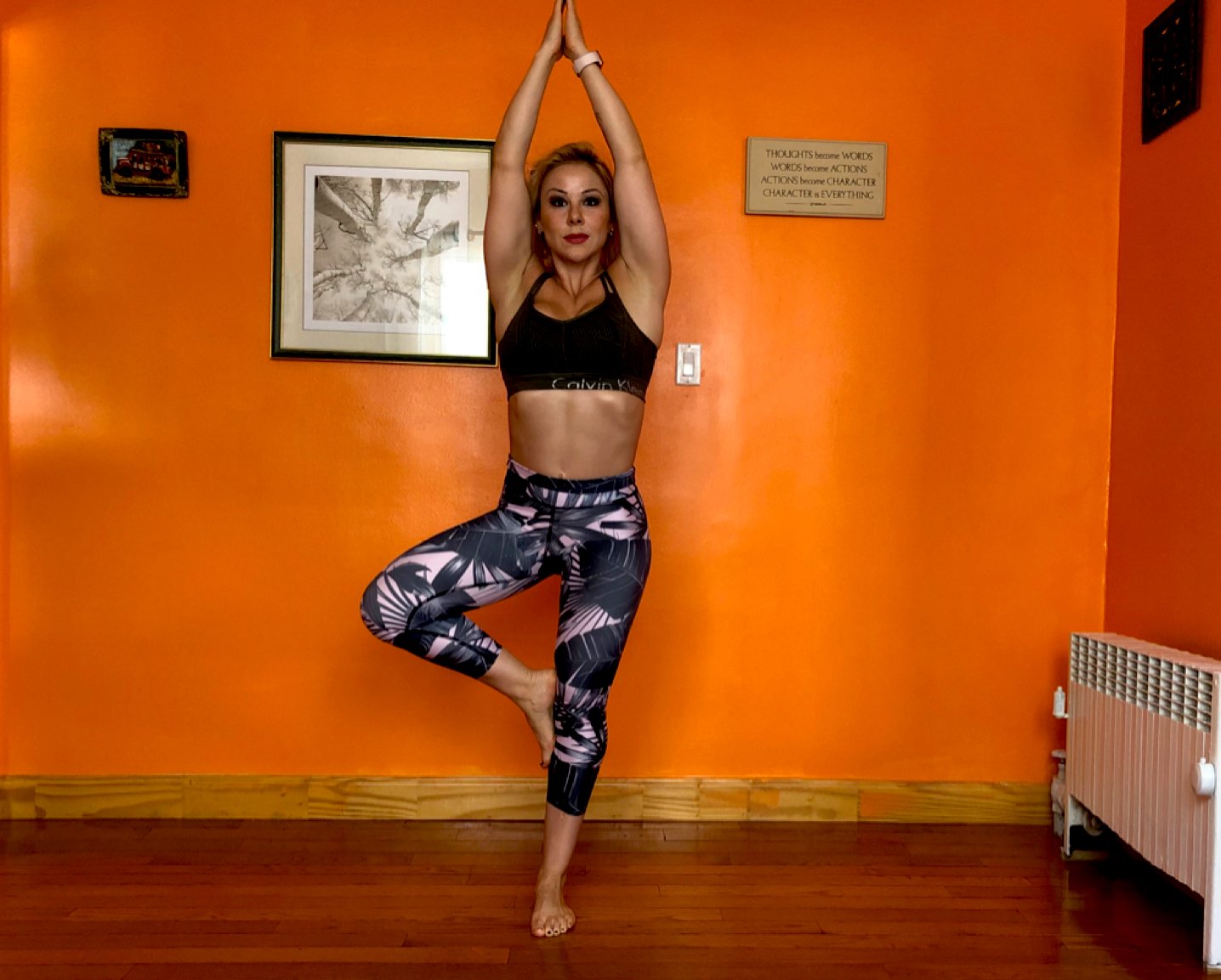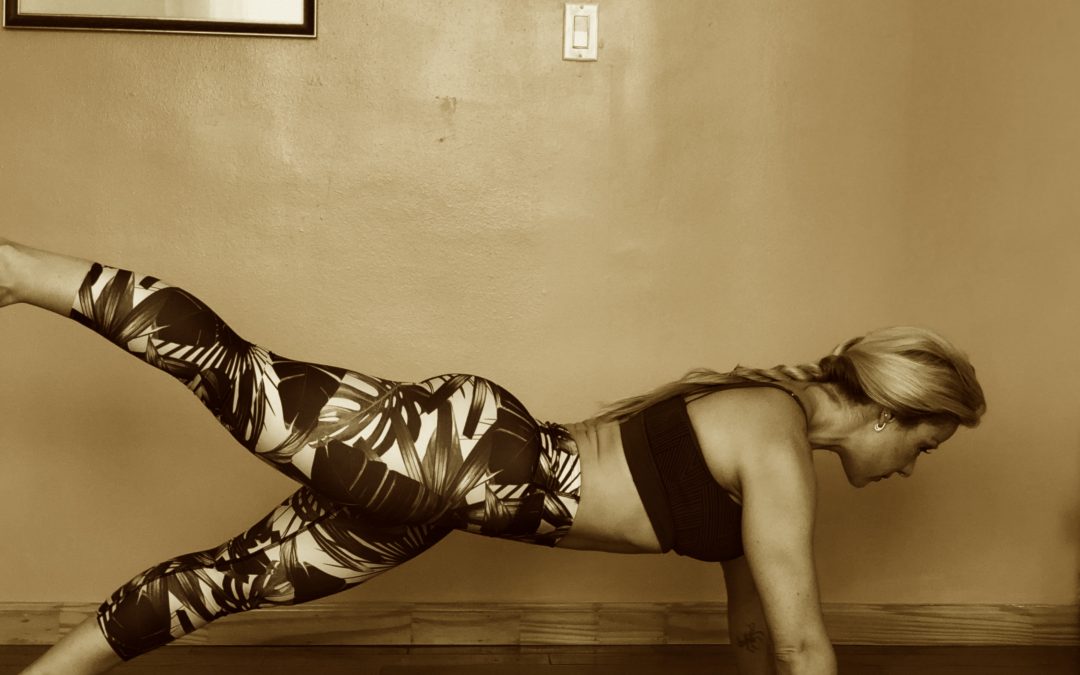Yoga is an amazing practice. It not only has benefits for the body but for the mind as well. It’s also great because has many types and variations. Read on to learn more about yoga, types of yoga, and its benefits.
Yoga originated in India centuries ago. It has gained popularity in the West because we now understand how amazing it can be. Yoga is a derivative of the Sanskrit word ‘yuj’” which means “union.” It aims to unite the “soul” and the “spirit” through diverse physical postures and breathing exercises.
Types of Yoga
There are several types of yoga that can be practiced by anyone. Here are a few of them:
- Hatha Yoga: It refers to many styles of physical-based yoga. Great for beginners since it carries a slower pace and the positions are not that difficult.
- Karma Yoga: A form of prayer in Hinduism. This yoga is an action leading to spiritual liberation.
- Vinyasa Yoga: Type of yoga that links movement and breath to attain balance of mind and body. It aligns poses with the breath to achieve a continuous flow.
- Ashtanga or Ashtanga Vinyasa Yoga: A dynamic, flowing style that connects the movement of the body with the breath, stressing daily practice of six series of movements.
- Mantra or Japa Yoga: Uses mantras to awaken the self and deepen meditation in a physical yoga practice by repeating mantras or sounds.
- Prenatal Yoga: Practice designed for pregnant women. It mixes stretching, controlled breathing, strength, and mental focus. It can help alleviate nausea, headaches, and even lower back pain.
- Lyengar Yoga: This type of Hatha yoga was developed by B.K.S. Lyengar. It emphasizes precise physical alignment throughout postures.
- Vinyasa Yoga: Means “to place in a special way.” This is the most athletic yoga style. Vinyasa was adapted from Ashtanga yoga and aims to coordinate breath and movement to flow from one pose to another.
- Power Yoga: Uses Vinyasa flows and is more active and athletic. It emphasizes endurance and strength.
- Hot Yoga: This one is practiced in heated rooms with temperatures usually between 85 and 105 degrees Fahrenheit and elevated humidity. Its purpose is to encourage sweating in order to detoxify the body, improve flexibility, increase circulation and stamina, and burn calories. Some styles of hot yoga are:
- Bikram yoga: This is the original hot yoga. It’s meant to follow 26 poses in a 90-minute class, at 40 percent humidity and between 95 and 105 degrees Fahrenheit.
- Moksha or Modo Yoga: Similar poses and room conditions. However, this one emphasizes environmental consciousness.
- Baptiste Power Vinyasa Yoga: Combines Lyengar, Ashtanga, and Bikram yoga at about 90-degree temperatures.
- Hot Power Yoga: This is power yoga practiced between 85 and 100-degree temperatures.
- Hot Yin Yoga: Hatha-based yoga with fewer poses. However, poses are held for longer periods (3-5 minutes) in order to release deeper fascia.

Benefits of Yoga
Yoga has numerous benefits. One of its advantages is that you can practice anytime and anywhere. You do not need any equipment either, except a mat and a block if you are very tight. Additionally, you can practice yoga from the comfort of your home. But you can also find yoga classes at your neighborhood gym or yoga center.
Yoga helps:
- Reduce cortisol levels
- Decrease muscle tension and stress
- Energize the body
- Improve muscle strength
- Make you more flexible
- Balance the endocrine system, which is the part of your body that regulates hormones.
- Promote detoxification, important in eliminating waste from your body
- Stay in the moment – is a great tool to stay calm
- Promote mind-body connection
Yoga also helps improve various medical conditions. It can help:
- Relieve allergy and asthma symptoms
- Lower blood pressure
- Decrease blood sugar in people with type 2 diabetes
- Reduce anxiety and depression
- Enhance mental/emotional state
- Enrich sleep quality and modulate the sleep cycle
- Decrease back pain
- Increase functionality in people with neck pain
- Improve glucose, lipid, and insulin levels
- Increase awareness and concentration
- Improve balance, stability, and posture
- Reduce fatigue moderately
- Increase quality of life, emotional function, and social function (moderately) in some cancer patients
Additional advantages:
- You can practice yoga anytime and anywhere
- You do not need any equipment either, except a mat. And maybe a block if you are very tight.
- You can practice yoga from the comfort of your home. But you can also find classes at your neighborhood gym or yoga center.
? Although considered low impact and safe, it is recommendable to consult a health professional before embarking on yoga or other exercise routines.
? Pregnant women and those with glaucoma, high blood pressure, and sciatica should modify yoga exercises.
Yoga Video
This is a video of Cobra Pose:
As you can see there are many types of yoga. So it’s a good idea to try different kinds to see which one suits your needs and your personality. Give it a try. It’s never too late to start incorporating it into your routine and start experiencing all the benefits that yoga has to offer.





